Editors’ Picks





Schuurman Schoenen is a Dutch shoe company, offering a wide variety of shoes. In its warehouse in Neede, Netherlands, TORU, a picking robot developed by the robotics firm Magazino, uses a 3D camera and a variety of sensors, to work autonomously every day, all day. The robot can be programmed for inbound, as well as outbound warehouse traffic and logistics. It's an ideal solution that helps meet orders during peak seasons and keep the flow of order fulfillment moving, day and night. Using vacuum grippers, the robot grabs hold of individual shoe boxes from shelves, sorts them correctly, and concurrently…

Fleets of robots are growing in capacity and functionality, and so is the need to manage them, whether through software or robotics-as-a-service, or RaaS, models. Organizations are searching for best practices and tools to operate, manage, and maintain their robot fleets. These considerations apply to almost any system promising greater efficiency, from automated guided vehicles (AGVs) and autonomous mobile robots (AMRs) to semi-autonomous and self-driving lift trucks. The industrial robotics market was worth abut $41.7 billion just two years ago, according to Zion Market Research. It could grow to about $81.4 billion—about $250 per person in the U.S.—by 2028 and…
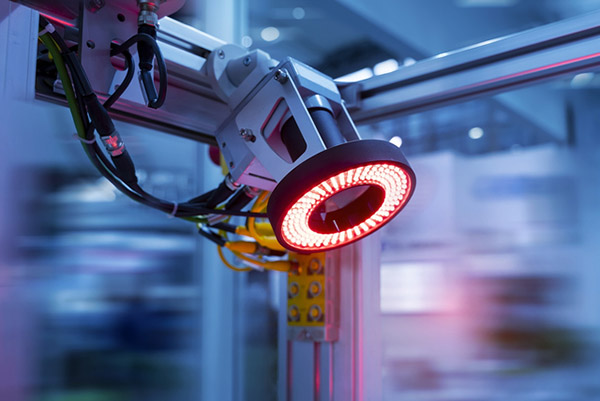
The increasing use of robots across sectors has raised concerns about their safety in industrial workspaces. Along with sensing technologies and industry standards, machine vision is helping to improve robot operations, value, and ultimately safety. As manufacturers come to view robotics an asset, machine vision and motion control systems are being integrated for their automation, control, and safety. Machine vision typically uses a camera with a lens, specialized lighting, and other camera controls to keep pace with any necessary movements. These components may also by synchronized with more extensive motion systems and equipment such as small AC, DC, and servo…
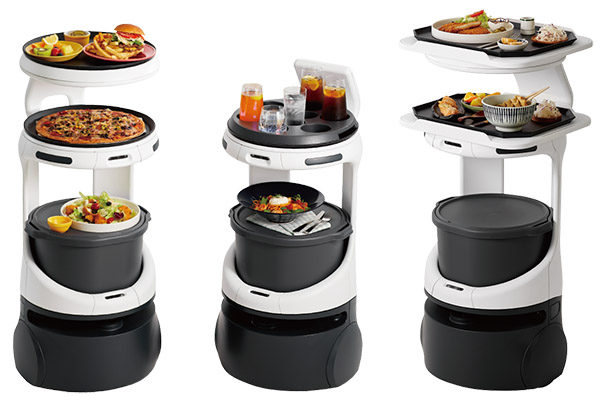
In Bradenton, Fla., the owner of the Anna Maria Oyster Bar Landside has two robots that wheel out food to those dining in the restaurant. They are ideal assets for performing a task that people ordinarily perform. Today, robots can be used in small and medium-sized businesses (SMBs) to perform innumerable tasks from cleaning and sanitizing to sweeping, cutting grass, serving food, fetching parts, and just about anything they can be programmed to do. As service and commercial robots become more affordable, SMBs can now consider different options. In the case of the Oyster Bar Landside, robots not only help…
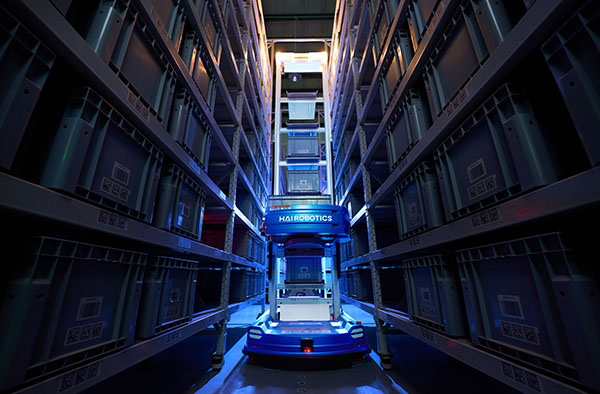
WINIT is a Shanghai-based, cross-border warehouse operator. It has deployed about 100 robots in one of its facilities in Birmingham, U.K. The logistics robots move around the 30,000-sq.-ft. warehouse without any confusion, helping workers pick and sort goods. The HAIPICK A42 systems from HAI Robotics helped improve the efficiency with which goods are handled by nearly fourfold compared with manual work. The robots handle nearly 50,000 pieces daily, said the company. Such gains are becoming more common as more warehouses and logistics settings adopt automation. Along with e-commerce fulfillment centers and huge distribution centers, warehouses are busier than ever since…

Rewind the tape of the global economy by a few decades, and you'd seldom hear the term “supply chain,” which has been all over the news lately. Labor shortages, limited shipping and trucking capacity, and growing e-commerce demand have put logistics at the forefront of business profitability discussions. Robotics is part of the solution for global supply chains. Universities and research institutions have been working on making robots more capable and easier to use. Meanwhile, progress is continuing, slowly but surely, in autonomous trucks and robotic deliveries. From factories, warehouses, and truck yards to loading docks and last-mile logistics, automation…

Robotics have played a significant role in surgical procedures over the years. Recently, significant advancements have been made in the arena that deserve exploration. This includes a series of “firsts” where robots are performing more difficult surgeries, amplifying the role they play in the medical community. Surgical robot used to perform soft tissue laparoscopic surgery At John Hopkins University, researchers have deployed a smart tissue autonomous robot (STAR) that performed a laparoscopic surgery on a pig. The event is a precursor to what's possible for humans: soft tissue surgery performed by a robot. Surgeons require years of practice to become…
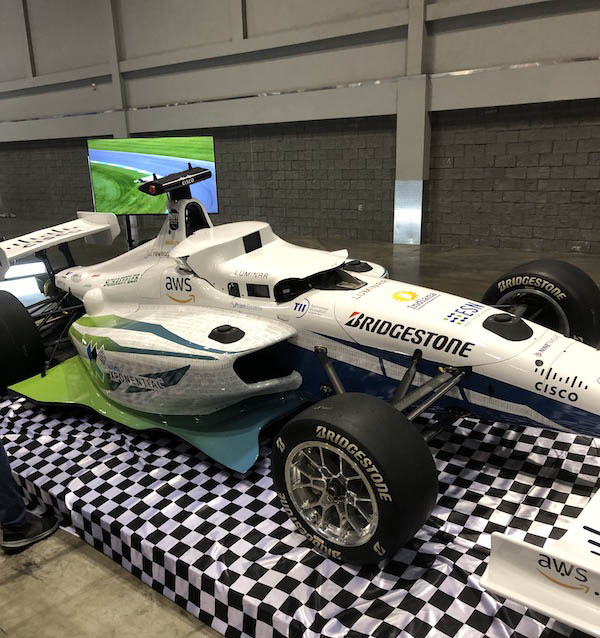
An autonomous race car built by Politecnico di Milano-Polimove recently broke the world speed record for an autonomous vehicle, clocking in at 192 mph at the Space Shuttle airstrip at NASA's Kennedy Space Center this April. We had an opportunity to see an autonomous race car in action and speak to Paul Mitchell, CEO and president of Energy Systems Network, about the annual Indy Autonomous Challenge at the Association for Uncrewed Vehicle Systems International (AUVSI) event in Orlando, FL. The Consumer Technology Association has also announced that IAC will return to next year's CES. Can you provide an overview of…
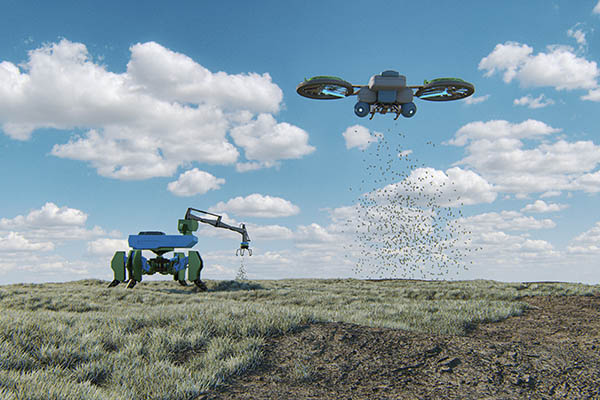
The future of food and agriculture may rely more heavily on robotics and intelligent machines. The Washington Post recently reported that a trial run was launched in Midwest and the Mississippi Delta where robots were deployed, plodding along at 12 miles per hour. By using computer vision, the robots were able to distinguish between crop or weed and spray herbicide at pinpointed crops. The effort is an undertaking at its early stages of implementation, but the potential is enormous. It allows very specific treatment, and no wide-scale crop dusting or spraying, as used in the past (often with aviation). Machines…
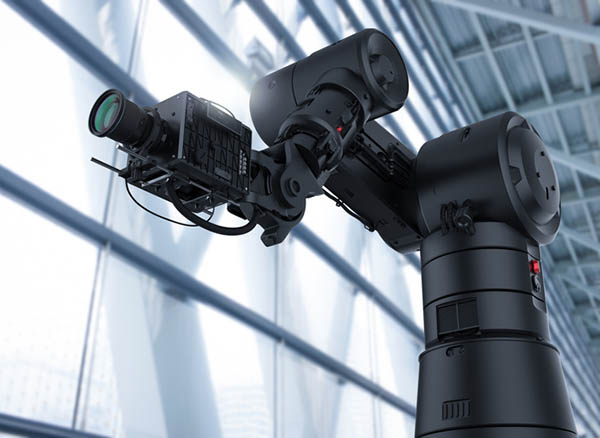
The vast scope of robotics innovation is enabling machines to not only relieve humans of tedious tasks but also perform at superhuman levels. From picking operations in warehouses to complex surgical procedures, robots are becoming more dexterous and autonomous. And with artificial intelligence, they can operate more consistently and with fewer errors over time. Vision technology is enabling a host of new robotics applications. Robots and drones might be able to spot anomalies or defects, but they need contextual judgment to know what to do next. Similarly, can robotic vision discern aesthetically pleasing scenes and then snap a photo? That's…
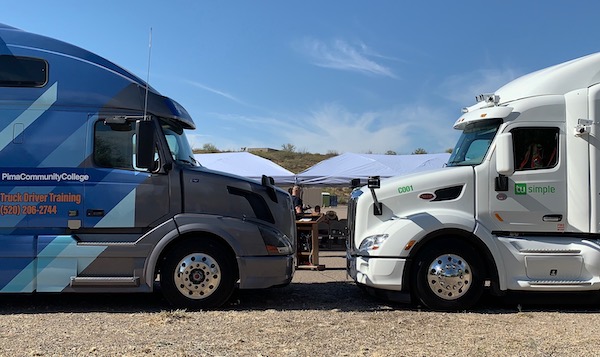
The Association for Uncrewed Vehicle Systems International, or AUVSI, held its annual XPONENTIAL show earlier this month in Orlando, Fla. The week was a collection of valuable keynote addresses and panel discussions, with a great showing of exhibitors and attendees focused on all things autonomous. The show is a bellwether for the future of autonomy and uncrewed systems as a wide portfolio of technologies matures. The result is a kaleidoscope of autonomous vehicles, including aerial drones, driverless trucks, watercraft, underwater submerged vehicles, and a whole lot more. Such technologies will undoubtedly change our daily lives in the near future, but…
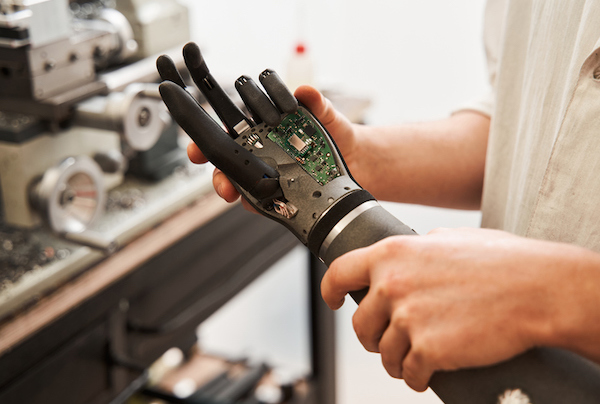
With the 2022 Beijing Winter Paralympic Games under way, it's a good time to review the state of robotics for helping people with disabilities. For instance, one device weighs just 3 lb., costs about $400, and can be made in a garage with widely available parts. The result is an engineered device that can greatly improve navigation for blind people to walk. That's precisely what researchers and student assistants came up with at the Stanford Intelligent Systems Laboratory. They developed an easy-to-fabricate smart cane for the blind. Researchers published their findings in October's Science Robotics. The assistive device is equipped…



